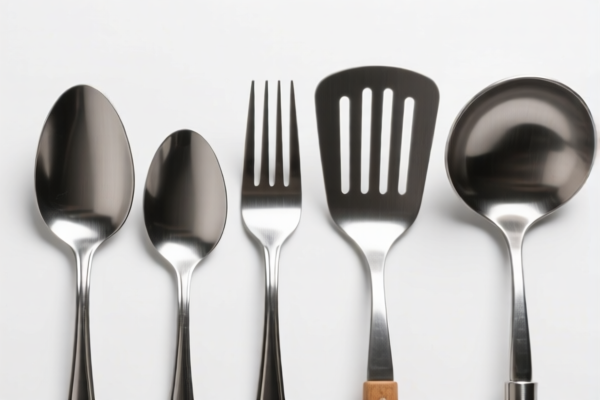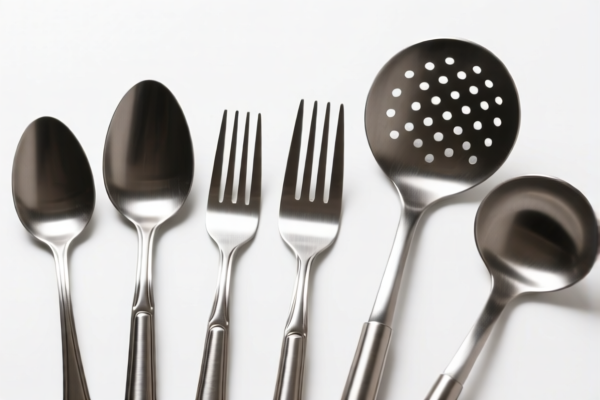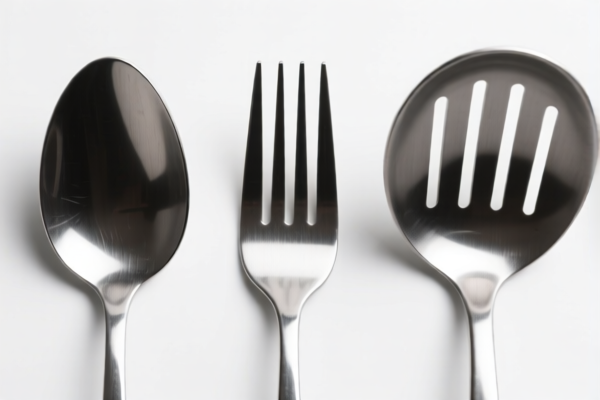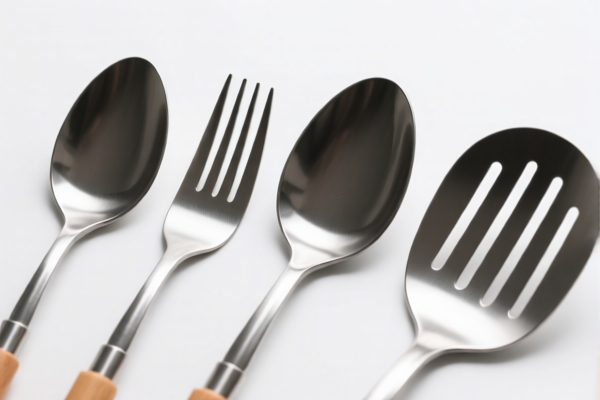| HS Code | Official Doc | Tariff Rate | Origin | Destination | Effective Date |
|---|---|---|---|---|---|
| 8210000000 | Doc | 58.7% | CN | US | 2025-05-12 |
| 8214906000 | Doc | 0.2¢ each + 3.1%+30.0% | CN | US | 2025-05-12 |
| 8214909000 | Doc | 1.4¢ each + 3.2%+30.0% | CN | US | 2025-05-12 |
| 8301406060 | Doc | 43.2% | CN | US | 2025-05-12 |
| 8301406030 | Doc | 43.2% | CN | US | 2025-05-12 |
| 3924104000 | Doc | 33.4% | CN | US | 2025-05-12 |
| 3924905650 | Doc | 40.9% | CN | US | 2025-05-12 |
| 4419909100 | Doc | 40.7% | CN | US | 2025-05-12 |
| 4419901100 | Doc | 35.3% | CN | US | 2025-05-12 |
| 4421918800 | Doc | 30.0% | CN | US | 2025-05-12 |
| 4421998800 | Doc | 37.5% | CN | US | 2025-05-12 |




Kitchen Mandolines
A kitchen mandoline is a culinary tool used to slice, julienne, and create various cuts of fruits and vegetables with consistent thickness and uniformity. It is designed to streamline food preparation, particularly for tasks requiring large volumes of precisely cut ingredients.
Material
Mandolines are typically constructed from stainless steel, carbon steel, or plastic.
- Stainless Steel: Offers durability, resistance to rust, and ease of cleaning. Higher-end models frequently utilize stainless steel blades.
- Carbon Steel: Provides exceptional sharpness, but requires careful maintenance to prevent rust.
- Plastic: Found in more affordable models, often with replaceable blades. While less durable, plastic mandolines are lightweight and can be suitable for lighter tasks.
- Blade Material: Blades are commonly made of stainless steel or ceramic. Ceramic blades maintain sharpness longer but are more brittle.
Purpose
The primary purpose of a kitchen mandoline is to efficiently and safely create uniform slices, sticks, or other shapes from produce. This is valuable for:
- Consistent Cooking: Evenly sliced vegetables cook at the same rate.
- Presentation: Uniform cuts enhance the aesthetic appeal of dishes.
- Time Savings: Significantly reduces preparation time compared to manual cutting.
Function
Mandolines operate by gliding food across a flat, adjustable blade. Key functional components include:
- Blade: The cutting surface, available in various types (straight, serrated, julienne, waffle, etc.).
- Adjustable Thickness: Allows for controlling the slice thickness, typically ranging from 1mm to 9mm.
- Food Holder/Guard: A safety device that secures the food and protects fingers from the blade. These vary in design, from simple hand-held guards to more elaborate rocking or sled-style holders.
- Base/Frame: Provides stability and supports the blade mechanism.
- Feet/Non-Slip Base: Prevents the mandoline from sliding during use.
Usage Scenarios
- French Fries: Creating uniform potato sticks.
- Potato Chips/Crisps: Thinly slicing potatoes for frying or baking.
- Salads: Thinly slicing cucumbers, carrots, or other vegetables.
- Gratins: Creating thin, even slices of potatoes or other root vegetables.
- Fruit Garnishes: Creating decorative fruit slices.
- Pickling/Fermenting: Uniform slices are important for consistent fermentation.
Common Types
- Handheld Mandolines: Compact and affordable, requiring manual pressure to glide food across the blade. Often feature a simple hand-held guard.
- Rocking Mandolines: Feature a curved blade and a rocking motion for slicing. Generally offer more control and precision.
- Sled-Style Mandolines: Utilize a sled-like food holder that moves across the blade. Provide a more stable and controlled slicing experience.
- V-Blade Mandolines: Feature a V-shaped blade for creating julienne or waffle cuts.
- Electric Mandolines: Automated mandolines that simplify slicing and offer consistent results. These are generally more expensive and require electricity.
- Japanese Mandolines (Benrinin): Known for their exceptionally sharp blades and precision. Often feature a wooden body and a traditional design.
Kitchen mandolines fall under hand-operated mechanical appliances used in the preparation of food, weighing 10 kg or less. Here are the relevant HS codes based on the provided information:
- 8210000000: This HS code covers hand-operated mechanical appliances, weighing 10 kg or less, used in the preparation, conditioning or serving of food or drink, and base metal parts thereof. This is a broad category encompassing kitchen mandolines.
- 82: Chapter 82 covers articles of cutlery, forks, spoons, knives, surgical instruments and articles of base metal.
- 10: Heading 10 specifically refers to hand-operated mechanical appliances.
- 000000: This further specifies the category, covering the appliances and their base metal parts. The basic duty is 3.7%, with an additional surcharge of 25.0% currently, increasing to 30.0% after April 2, 2025, resulting in a total tariff of 58.7%.
Regarding HS code 8210000000, please note that the appliance must weigh 10 kg or less to fall under this classification.
Customer Reviews
No reviews yet.